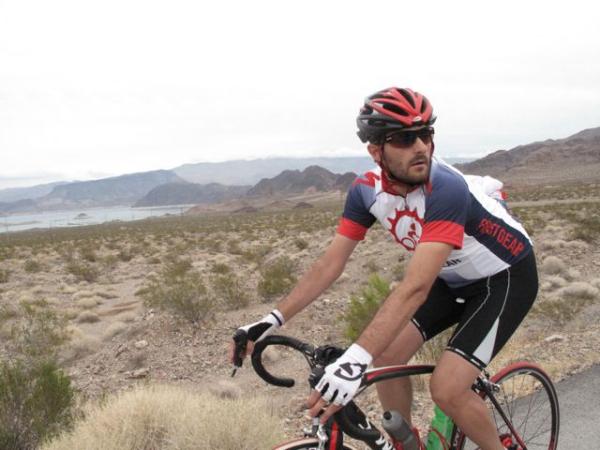Seven key sectors: Mat Hayman's guide to the Paris-Roubaix cobbles
2016 winner shares his tips and memories from 17 years on the pavé
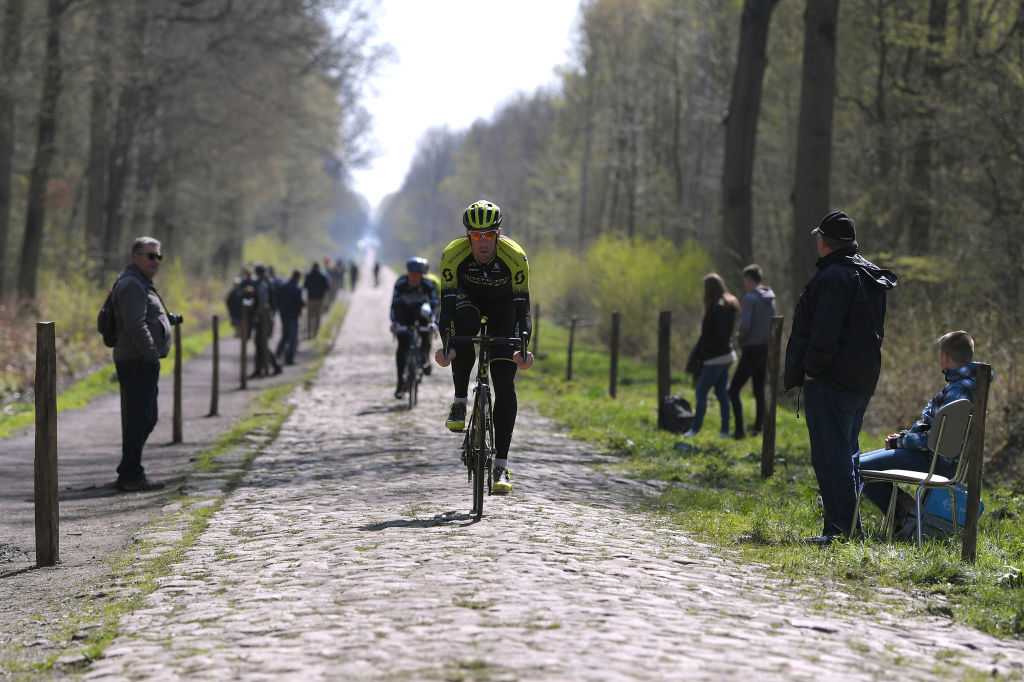
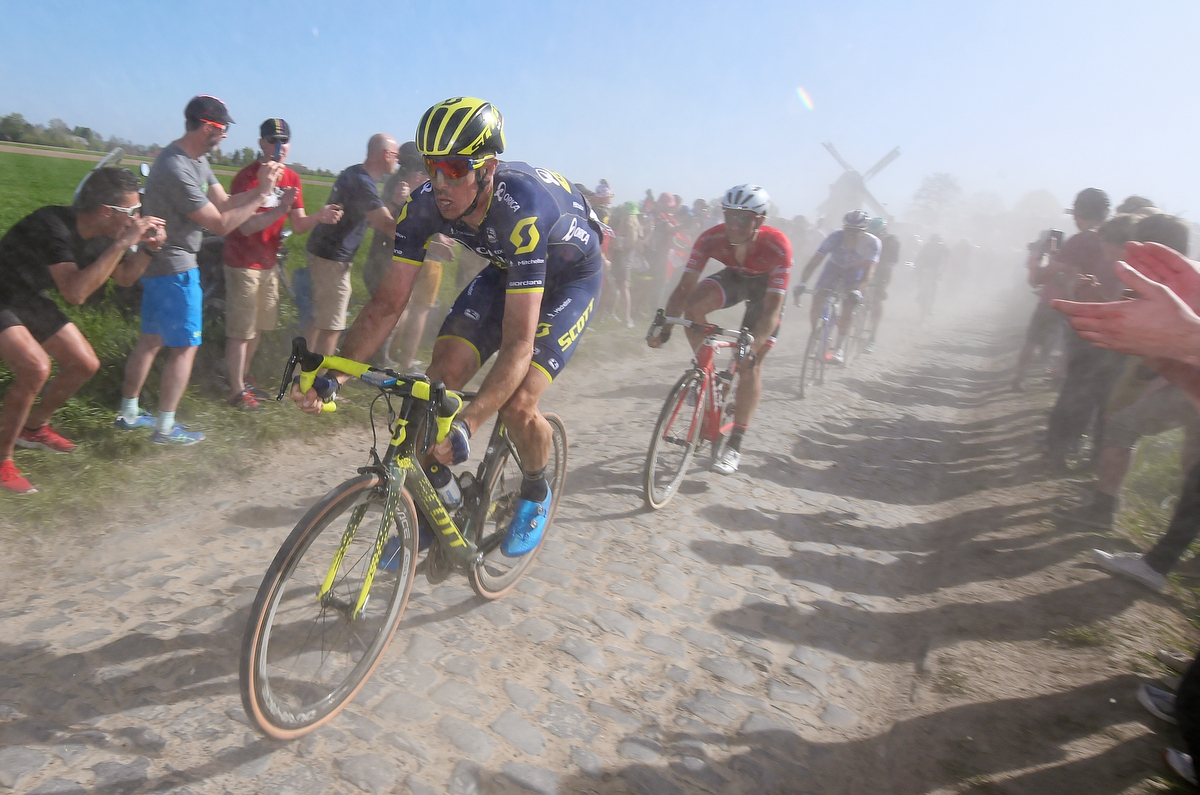
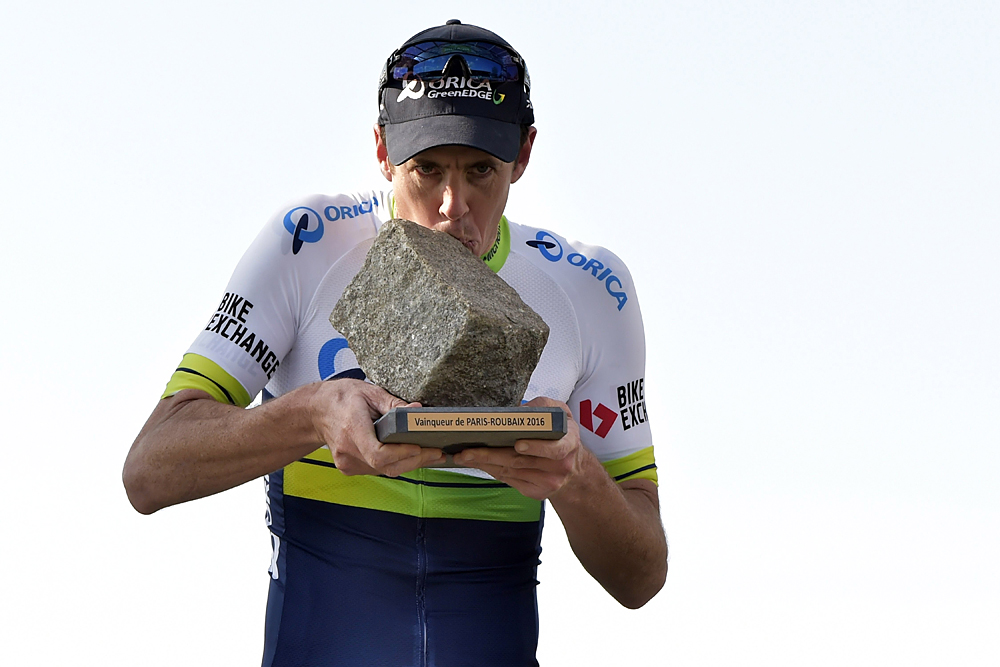
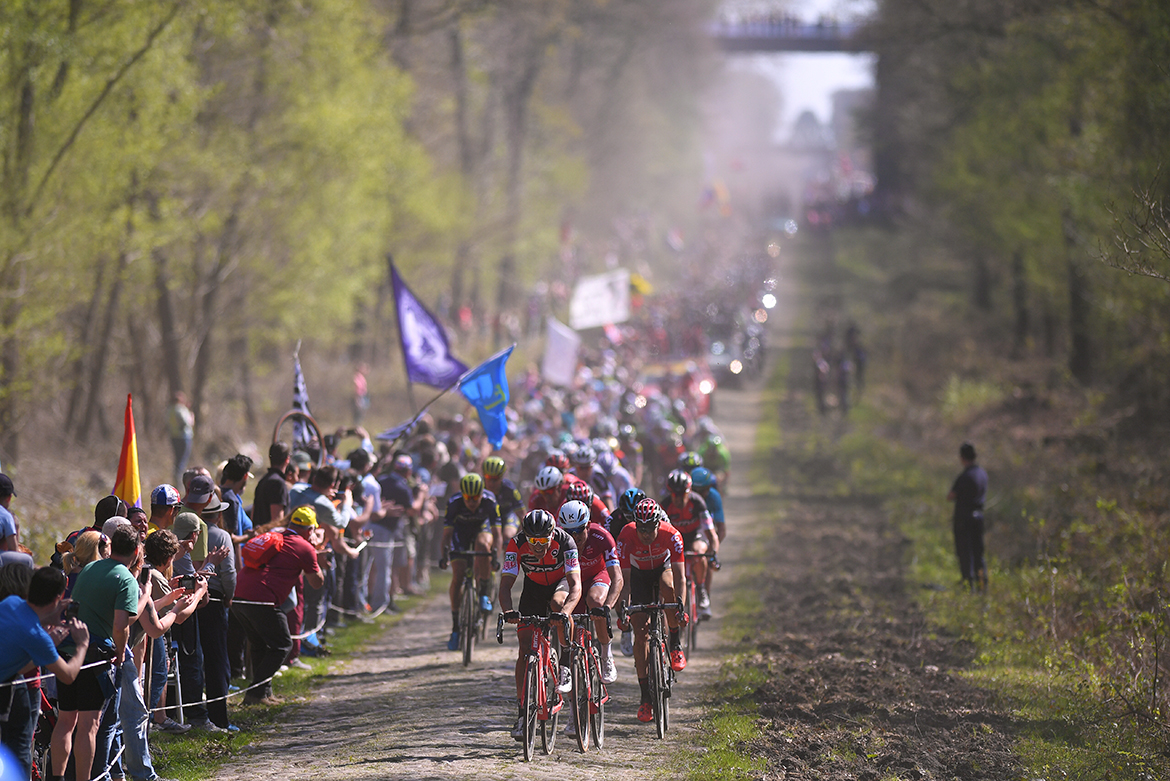
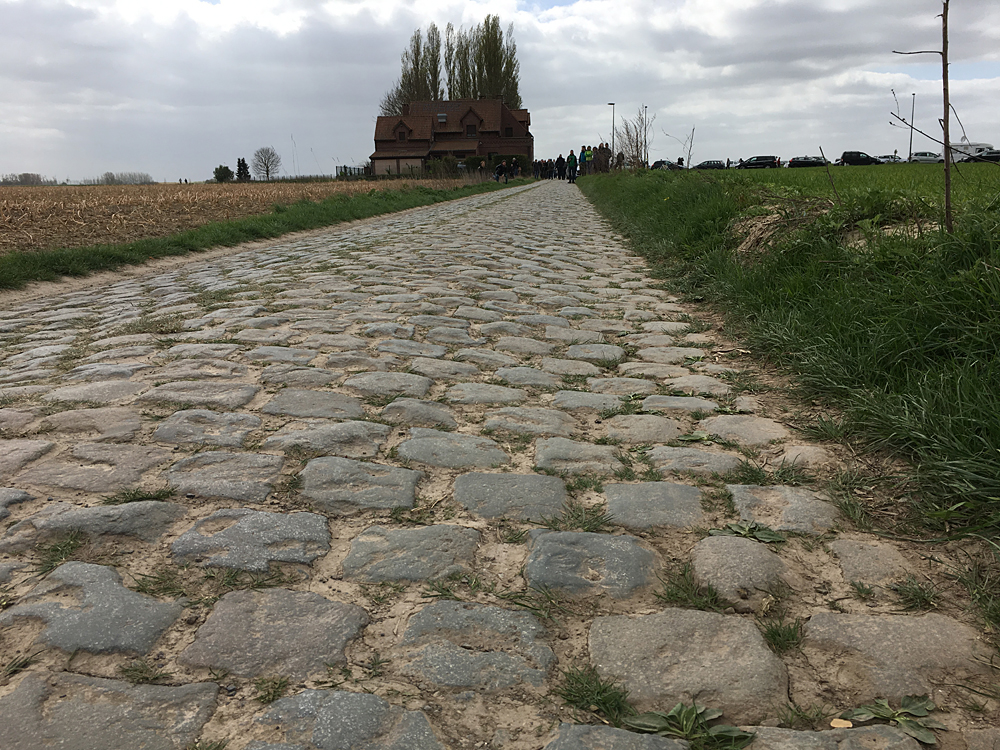
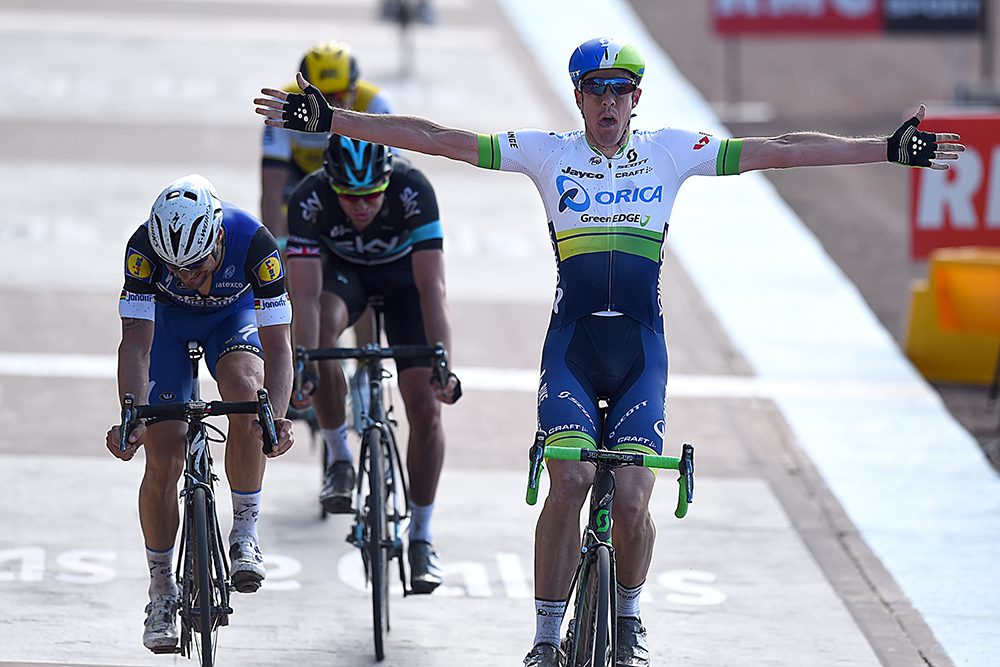
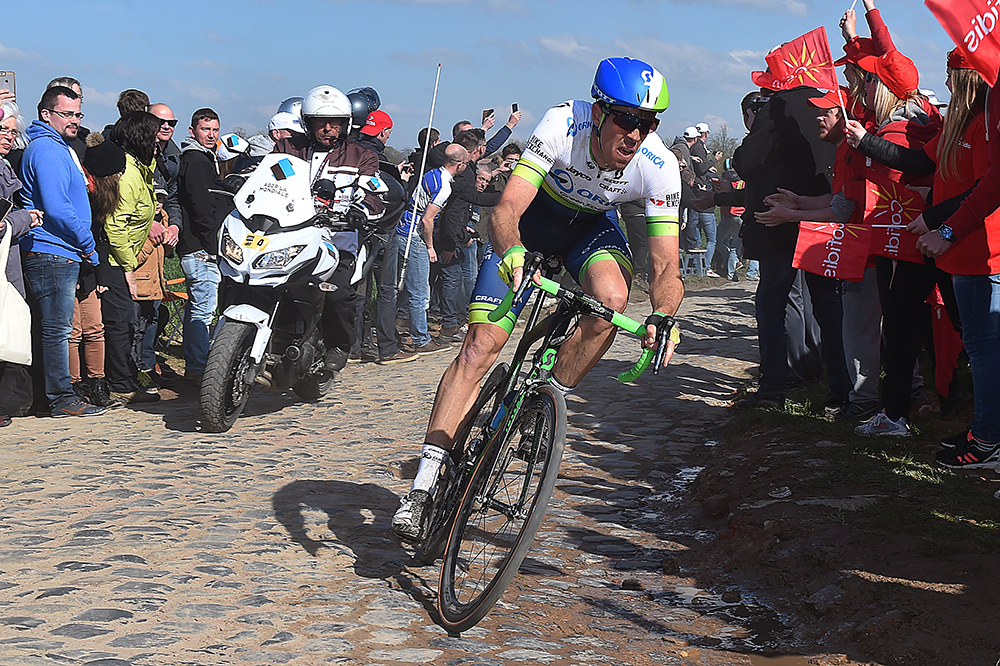
He raced 17 editions, but in April 2016 Mat Hayman finally claimed victory at Paris-Roubaix, a race that had been a prominent feature during his long and respected career.
Part of what made Hayman's victory so popular was that he spent the majority of his time in the sport riding in the service of others. He had sacrificed his chances for the greater good of the team but, having ridden over 450 sectors and 850km of cobbles throughout his Paris-Roubaix career, he has experience and knowledge few can match.
In the build-up to this year's race, Hayman sat down with Cyclingnews to talk through the most important pavé sectors, offering advice on tactics and race lines, as well as sharing some of his memories from previous editions.
Troisvilles to Inchy (km97.5 / 0.9km) **
It doesn't matter what the race organisers throw at you in the first sector of the race, it's important simply because it's the first time you're on the cobbles.
You've got a full and usually intact peloton and it's the first opportunity to lose the race. It's such a fight to get to the front ahead of that sector but, at the same time, riders need to think about how much energy they want to spend at this point because there's still an awfully long way to the finish.
I'm frequently asked what the best position is heading into the first sector and if you're not first then you want to be second because then there's only one guy who can crash ahead of you, but that costs energy. The physical side of Paris-Roubaix is well known but there's also this constant game going on in your head because each time you move up or make an effort before a sector in order to improve your position it takes away vital energy. With each acceleration you ask yourself 'is this worth it?'.
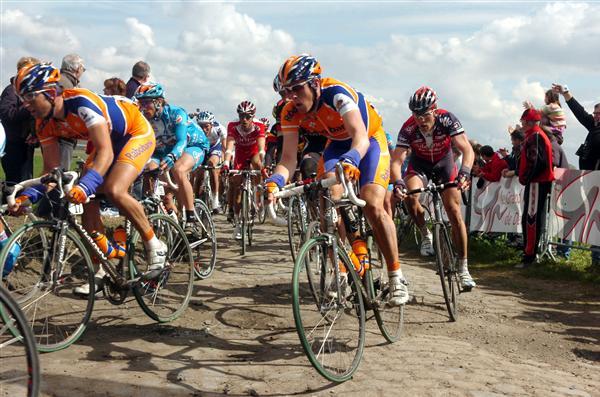
Briastre to Viesly (km108.5 / 3km) ****

The sector to Viesly comes right after Troisvilles to Inchy and it's got a four-star rating and that's really down to how long it is. You want to be in a good position through here and the next few sectors but, as a rider, what you're really looking for is a sense of control. From Viesly there are a number of sectors but unless the break hasn't gone there won't be that much action at this point in the race.
Get The Leadout Newsletter
The latest race content, interviews, features, reviews and expert buying guides, direct to your inbox!
During one edition I raced, the break hadn't gone until around this point and I think I ended up going away with Stuart O'Grady and Geert Steegmans but most of the time you want to try and use this run of sectors to settle into the race.
Generally, if you have a problem in the first few sectors you're going to make it back to the peloton. There are obviously exceptions to that but, at this stage, you've still got enough teammates to help you, you're fresh, and you know that the pace up ahead will drop at some point.
Haveluy to Wallers (km156.5 / 2.5km) ****
Everything changes from the next really crucial sector from Haveluy to Wallers. It's 2.5km in length and has a four-star rating but what makes it so important is that it comes just before the Trouée d'Arenberg.
The sector to Wallers comes after a section of road, and that allows riders to come back after being distanced or dropped earlier in the race so you can almost have a full peloton at this point. It's relatively long, it's really open, there's a corner in it, and it really just sets the tone and puts everyone in position before Arenberg. It's important to be near the front ahead of Wallers because it just sets you up nicely before the Forest, and it's one of those points where you're not going to win the race but you could see your chances slip away.
Last year my teammate Matteo Trentin crashed there and I've lost my race in this sector a few times. A few years ago CSC put the hammer down at that point because there were crosswinds and it caught everyone off guard because it was so early and most teams let their mind drifts to the Arenberg before they had got there.

Trouée d'Arenberg (km164.5 / 2.3km) *****
Having a difficult sector before actually makes the Arenberg a little bit safer because the race is already splitting up. That means you've got fewer riders sprinting into the Forest, although I don't think I've ever lead the peloton onto the cobbles at this point. I've been fairly close to the front a few times and popped up here and there when I've looked at photos, but if I'm honest I don't know if that's down to tactical sense or just pure fear because that's what drives you when you're entering Arenberg.
Last year I remember coming down for the start of Paris-Roubaix a few days before and the weather forecast was in the balance. There was a chance of us racing in the rain and it could have gone either way. The image of sprinting into the Forest flashed up in my head and I questioned whether I had the guts but you have to commit because no one is going to help you through that sector. I rode a couple of wet editions but they were back when I was a 20-year-old rubbing my hands in glee at the prospect of taking on the cobbles in the rain. Towards the end of my career, I think that enthusiasm waned because of the crashes that I'd had. Those things change your perspective.
When it comes to tactics, there's not much advice you can instill for this sector. I always felt that riding the Arenberg in the recon was a lot worse than on race day when things seemed to go a lot faster and the speed is higher. There's probably nothing worse than for a neo-pro to ride over those cobbles in training and get absolutely battered, and then thinking you've got to race it in a few days.

Mons-en-Pévèle (km212 / 3km) *****
After the Arenberg, there are a couple of long sectors that are exposed and the race changes direction. If there's a bit of wind then there could be enough variation for someone to put the race in the gutter but then you've got three sectors back-to-back, with Tilloy to Sars-et-Rosières, Beuvry to Orchies and Orchies coming thick and fast.
The sector to Mons-en-Pévèle has five stars and I always tell riders that if you can get through that then you're going to be in the finale. There's still a lot of cobbles and around 50km to go but at that point there's a bit of stalemate in the race because team leaders and super domestiques who are left are throwing jabs but nothing is really landing and there are no knock-out punches.
Mons-en-Pévèle just comes after a few tough sectors, there's a really small entrance to it, parts of it are uphill, and there are some chicanes in there towards the end but if you can get through this sector then you need to settle in and prepare yourself for the fact that you're going to have a chance.
When I came out of that sector the year that I won, I was with the same group that hit the velodrome together. That shows you how tough that point is in the race.

Camphin-en-Pévèle (km239.5 / 1.8km) ****
This is a really tough one and it's where the winning group broke away during the cobbled stage of the 2018 Tour de France. There's a tricky entrance at the start but there's also a dead turn in the sector and they're brutal at this point in the race because you need to slow right down and then try and speed up again. They're the places where you can really do some damage. The year I won Luke Rowe lit things up in that sector before Ian Stannard took over and we went from 10 or 12 riders to five.
Carrefour de l'Arbre (km 242.5 - 2.1 km) *****
There's a reason why we, as riders, talk about this sector so much, and there's a reason why it's so famous. It's brutal.
I was talking about it a few days ago with a few riders who will do the sportive this weekend. I told them that there have been times I've reached the Carrefour de l'Arbre and not even cared anymore. I'd be pointing the bike in the general direction and letting it go where it wanted to go because I simply had nothing left. Part of me has thought that if I crashed or punctured then at least I'd be able to lie down on the grass. You obviously don't want that but you're at a point in the race where the winning moves can go clear and you've got to give everything. In 2017 I thought I'd lost when Ian Stannard came under me and I was dropped.
Knowing that it's coming is something that's hanging over your head from the earlier sectors. The turns at the start make it hard, so it's a big advantage being at the front in case someone puts the hammer down. Until the first left-hand turn, it's nothing but really bad cobbles. You can try and take the grass but that's risky and you can often just find yourself with a bad run of stones that force you to knock off almost all of your speed. There's no line and you can see guys trying the right, left or middle but the truth is that there's no easy way through.
All that said, it's the perfect place to make a move if you have the legs and if you gain time you have the chance to try and consolidate your advantage.
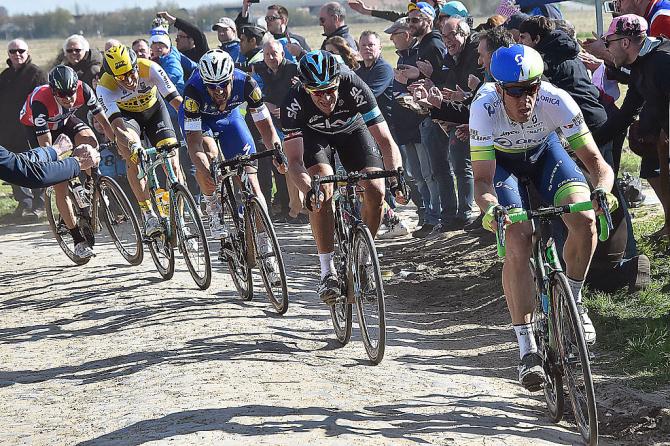
The complete list of 29 cobbled sectors of the 2024 Paris-Roubaix
29 (***) Troisvilles to Inchy 2200m
28 (***) Viesly to Quiévy 1800m
27 (****) Quiévy to Saint-Python 3700m
26 (***) Viesly to Briastre 3000m
25 (***) Vertain to Saint-Martin-sur-Écaillon 2300m
24 (***) Capelle to Ruesnes 1700m
23 (**) Artres to Quérénaing 1300m
22 (***) Quérénaing to Maing 2500m
21 (***) Maing to Monchaux-sur-Ecaillon 1600m
20 (****) Haveluy to Wallers 2500m
19 (*****) Trouée d'Arenberg 2300m
18 (***) Wallers to Hélesmes 1600m
17 (****) Hornaing to Wandignies 3700m
16 (***) Warlaing to Brillon 2400m
15 (****) Tilloy to Sars-et-Rosières 2400m
14 (***) Beuvry-la-Forêt to Orchies 1400m
13 (***) Orchies 1700m
12 (****) Auchy-lez-Orchies to Bersée 2700m
11 (*****) Mons-en-Pévèle 3000m
10 (**) Mérignies to Avelin 700m
9 (***) Pont-Thibault to Ennevelin 1400m
8 (*) Templeuve - L'Epinette 200m
8 (**) Templeuve - Moulin-de-Vertain 500m
7 (***) Cysoing to Bourghelles 1300m
6 (***) Bourghelles to Wannehain 1100m
5 (****) Camphin-en-Pévèle 1800m
4 (*****) Carrefour de l'Arbre 2100m
3 (**) Gruson 1100m
2 (**) Willems to Hem 1400m
1 (*) Roubaix - Espace Charles Crupelandt 300m
Daniel Benson was the Editor in Chief at Cyclingnews.com between 2008 and 2022. Based in the UK, he joined the Cyclingnews team in 2008 as the site's first UK-based Managing Editor. In that time, he reported on over a dozen editions of the Tour de France, several World Championships, the Tour Down Under, Spring Classics, and the London 2012 Olympic Games. With the help of the excellent editorial team, he ran the coverage on Cyclingnews and has interviewed leading figures in the sport including UCI Presidents and Tour de France winners.
